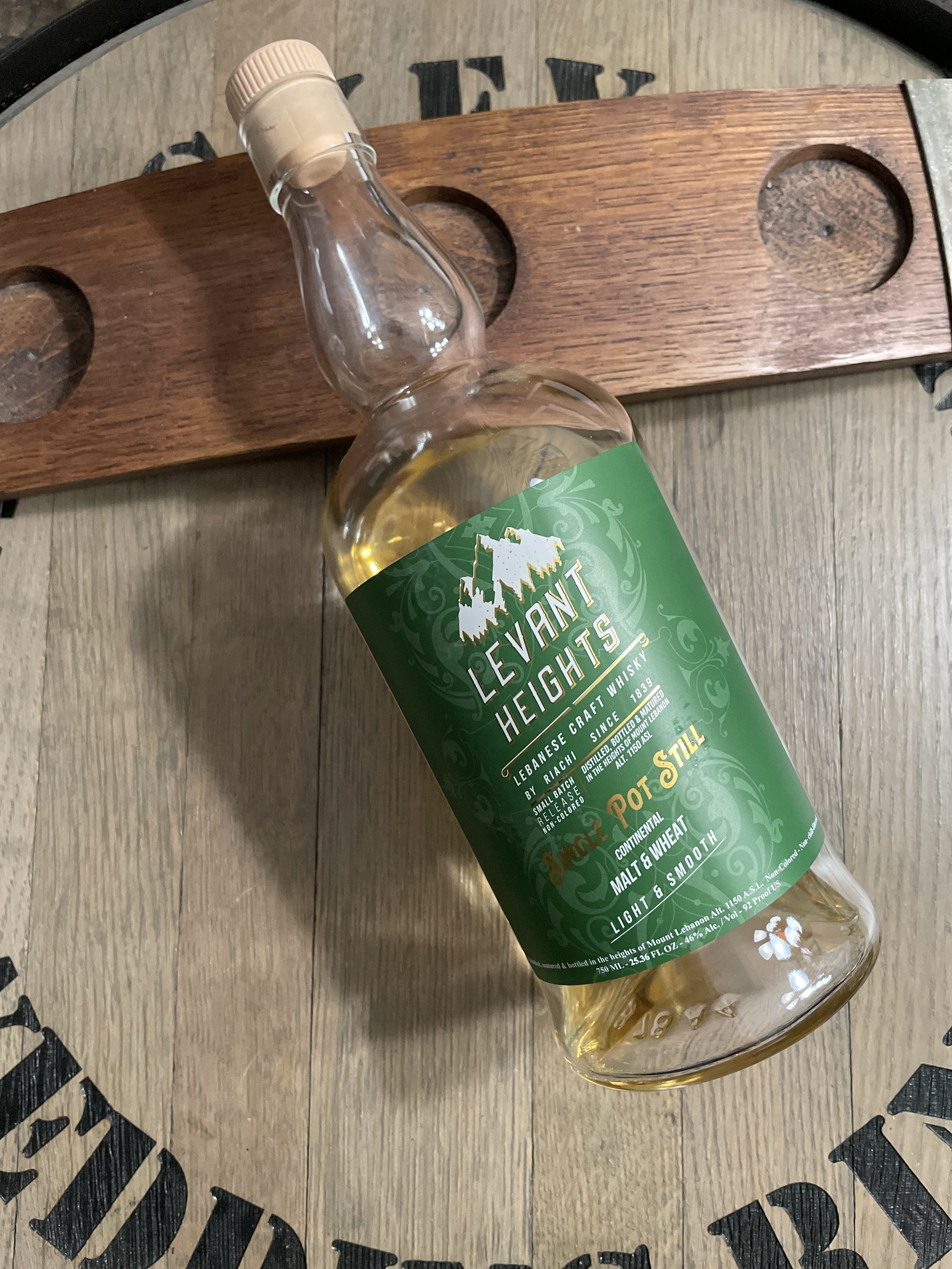Eifel German Rye Whisky Edition 2021
Rye just loves a challenge, doesn’t it? It grows where most other grains won’t, not even barley, and particularly in cold regions. No surprise, then, that it grows in Eifel, once known as “Prussia’s Siberia.”
In reality, it’s not that cold or snowy. The rolling, semi-mountainous area on the Western edge of Germany (bordering Belgium) has a relatively temperate climate, falling squarely into the Atlantic zone. It’s on the wetter side, usually not the best for rye, but not so wet that the rye molds in the fields since most of the extra moisture drains into the riverbeds and eventually to Germany’s major rivers.
Eifel Whisky uses rye native to its region, taking advantage of the volcanic soils and the rich vegetation found nearby. It’s a fascinating geological area - part of it was volcanic tens of millions of years ago and then went dormant, another part (the part where Eifel sits) was/is more recently active. The region can also grow barley fairly well, though less hardy grains such as wheat don’t fare well.
There are fewer things better for crops and flavor than volcanic soil. I’ll fight you on this. My favorite wines are all from volcanic or formerly volcanic regions (Southern Italy, Veneto, the Mendoza Valley, Santorini, I can keep going). There’s incredible nutrient content in the soil that lasts for thousands of years after the volcanism has ceased. In this case, that nutritious base has resulted in a flavorful rye that is clearly of a different terroir than ones I’ve had before.
Like Eifel’s Single Malt Whisky, the German Rye goes through a distillation typical of the Eifel region: a primary distillation in a column still on the grist (after a 72-96 hour fermentation), with a second run through a small copper pot still. The resulting high wines come out between 65-70% ABV and is lowered to 60% for barrel entry. The scale is again small - one barrel out, one barrel in.
Despite the differences in terroir, the Eifel/German rye mirrors its cousins in the US and elsewhere and ages faster than either malt or other grains. For the 2021 Edition of the German Rye, Stephan chose to age the rye for two years in ex-Bordeaux casks, another two years in 2nd-fill Malaga casks, and a final year in 1st-fill German pinot noir casks for a minimum total of five years. There’s something special about aging a whisky in a wine cask that held locally-produced wine: call it a match of terroir or something intangible, but I can’t deny that those pairings are often the best. I think of Ironclad’s Flying Fox-Finished Bourbon or even Jack Daniel’s Tennessee Tasters’ Series Release finished in Tennessee Red Wine casks.
Germany as a whole has a massive distilling presence - some count as many as 20,000 private and commercial distilleries in the country, many times the number recognized in the United States. Just for commercial distilleries, there are 307 active in Germany making whisky. For comparison, in Europe, the next highest number is 150 in Scotland followed by Switzerland and Austria at between 88-100 distilleries apiece. Many of these use either or both rye and barley. Rye grows exceedingly well throughout Germany, a trend borne out in culinary traditions where rye plays a prominent role.
For a place once called Prussia’s Siberia, there’s some great rye being grown in Eifel. Paired with a local distilling tradition and locally-sourced wine casks, this is a great expression deserving of attention.
Eifel German Rye Whisky Edition 2021: Specs
Classification: German Rye Whisky
Origin: Eifel Distillery
Mashbill: 90% Rye, 10% Malted Barley
Proof: 92 (46% ABV)
Age: 5+ Years Old
Location: Germany
Eifel German Rye Whisky Edition 2021 Price: $65
Eifel German Rye Whisky Edition 2021: Tasting Notes
Eye: Pale green tea.
Nose: Crunchy, savory sourdough bread crusts. Strong single malt influence for just 10% of the mashbill. A soft rye profile, toned-down spice with lemon herb sauce. Subtle with plenty of malt throughout.
Palate: Buttery, age leaves freshly picked. Rosemary oil and fresh-pressed olive oil. Black pepper grows on the top of the tongue while the rye and malt fall heavily under the tongue. Mouthfeel is heavy, way beyond 92º, front tongue astringency and heat that coats to the back with flavor. Smoky char in the corners of my mouth.
Finish: Softly grips my whole tongue on a medium-length finish, fading slowly into lemon marmalade on burnt toast.
Overall: A new rye profile from what I’ve had before, especially with a strong malt component (pilsner, maybe? It tastes beer-y). The rye is gentle and clear, like a sourdough or pumpernickel loaf without any yeasty character.
Final Rating: 6.7
10 | Insurpassable | Nothing Else Comes Close
9 | Incredible | Extraordinary
8 | Excellent | Exceptional
7 | Great | Well above average
6 | Very Good | Better than average
5 | Good | Good, solid, ordinary
4 | Has promise but needs work
1-3 | Let’s have a conversation









